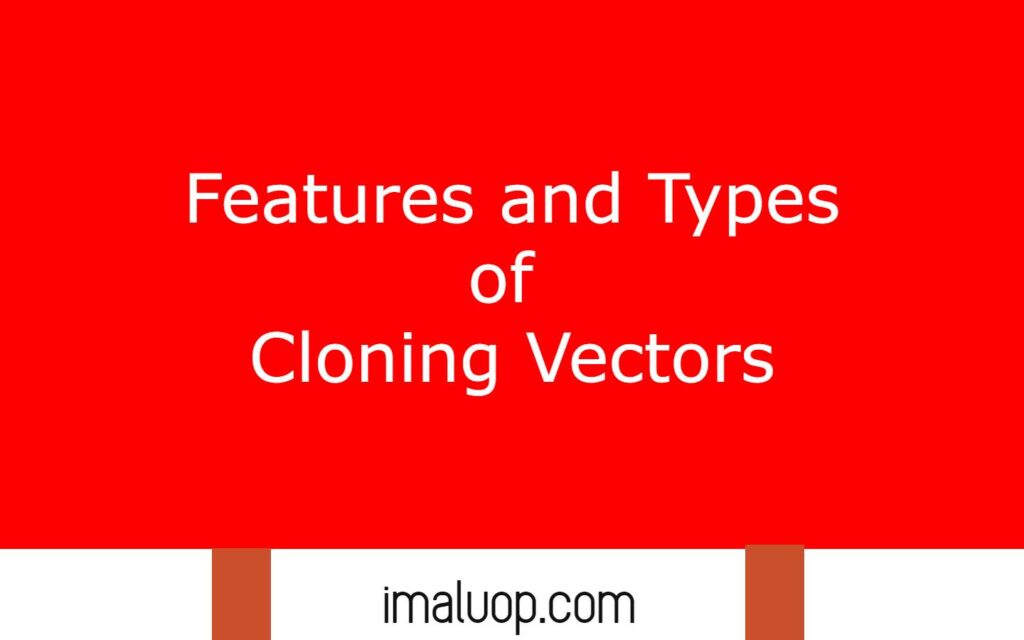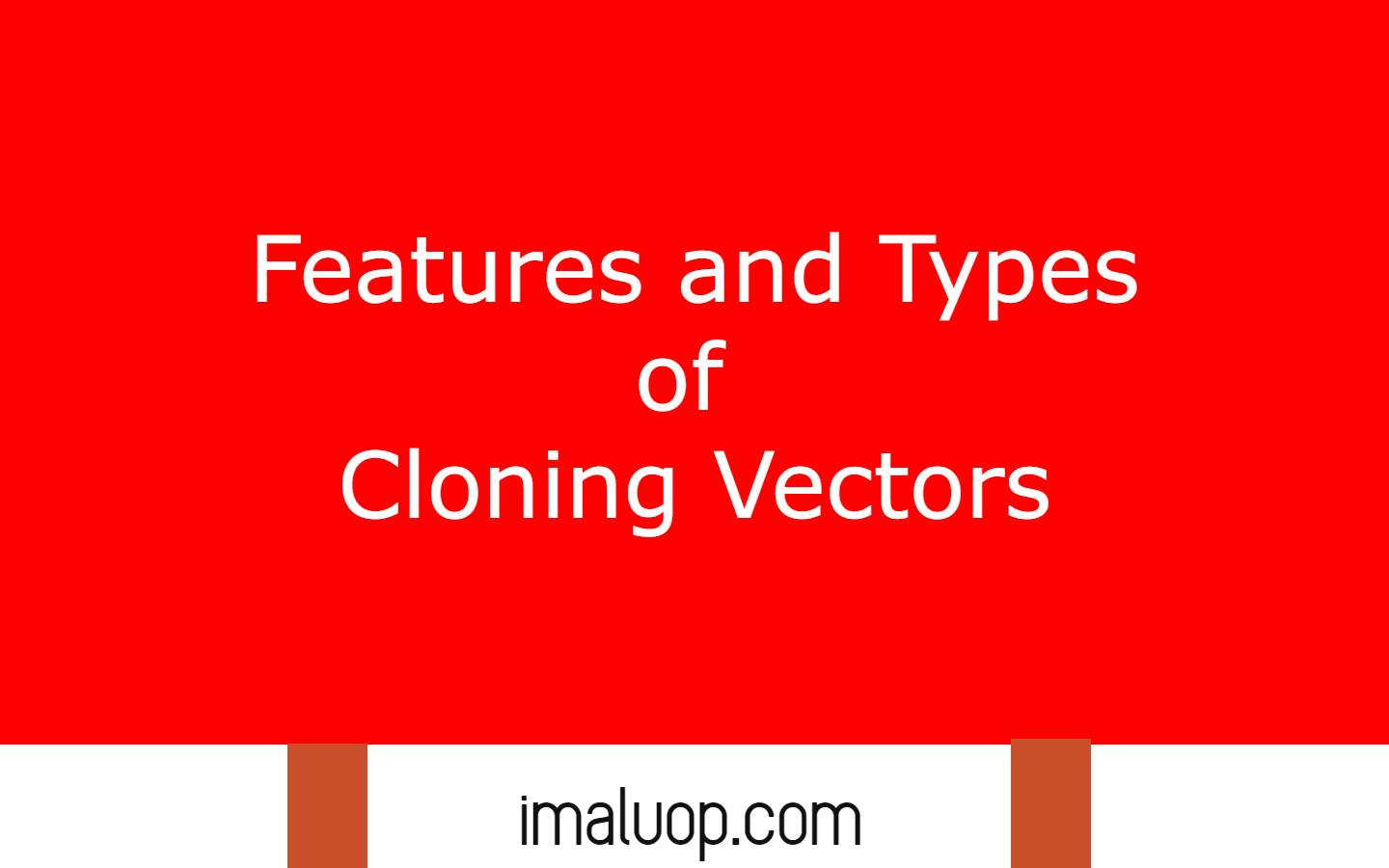In formation of transgenic organisms a very important step is choosing the correct vector for carrying the desired gene upto the target cell and different types of vector are available but all are not suitable for all purposes. If we know about the features and types of cloning vectors then it will help us to identify the correct vectors for transferring specific desired genes into target cells more easily and successfully.
Table of Contents
Basic Information About Cloning Vectors:
Our main aim for gene transfer is to transfer the foreign gene into the host cell and for this we use different types of DNA molecules which are known as vectors and the vector can carry the foreign gene into the target cell and the desired gene into the host cell genome. So vectors help to carry the gene upto the target cell have capability of self replication which helps to multiply the foreign gene at a very fast rate in a short span of time.
The desired gene is at first introduced into the vector and different types of enzymes are used for this purpose because to enter the desired gene into the vector, the vector DNA sequence must be cut at a place and then it should be ligated after the insertion of desired gene then the vector is transferred into the host cell in which the vector multiply with time and the desired gene also multiply along with the vector gene.
Features of An Ideal Vector:
- Vector is a type of DNA molecule and inside a cell the DNA molecules can replicate using different resources inside a cell if an origin of replication occurs on that DNA molecule, so in the vector an origin of replication must be present.
- On the vector without any cut it is impossible to incorporate a foreign gene and to cut the DNA at a specific point a restriction site must be present so that DNA of the vector can be cut at this restriction site.
- For screening of recombinant cells, the vector must have a selectable marker with an antibiotic resistance.
- The size of the vector should not be much larger as compared to the host cell because larger size of vector can cause difficulty in integration of vector in host cell.
- DNA replication is not in the same manner in all types of cell so we should consider the behaviour of the vector in both prokaryotic and eukaryotic cells.
Different Types of Cloning Vectors:
Plasmids:
They are used from the very beginning and they are present in bacteria especially in the cell of archaebacteria and they are not actual genetic material in bacteria cells. In bacteria cell genetic material present in cytoplasm in the form of nucleoid without any membrane but there are some extra DNA molecules in bacteria cells which are not part of genetic material they are extrachromosomal self replicating DNA molecules.
In most of the cases the antibiotic resistance property is governed by specific gene present in the plasmid and they are independent for their replication because the gene which is responsible for the protein required for their replication is present in plasmid.
For example some widely used plasmid vectors are pBR322, F plasmid and pUC18 which have great capability of self replication and easily multiply inside the host cell.
Bacteriophage:
They are small viruses which can infect the bacteria and multiply inside the bacterial cell using the resources from the bacterial cell and finally they come out from the bacterial cell by rupturing the bacterial cell and this feature can be used as a vector.
Bacteriophage are more useful than plasmid for transferring the desired gene into the host cell and large sized DNA molecules, upto 53 kb DNA molecules can be inserted through bacteriophage.

Bacterial Artificial Chromosome:
They are very useful to carry a very large size of DNA molecules without any rise and they are very similar to the Escherichia coli plasmid and they are easily obtained from F plasmid.
Phagemids:
They are artificial vectors and the number of cloning sites in phagemids are very high and they have inducible lac gene promoters.
Read More: Biotechnology and its Principles
Hi Everyone!!! Welcome to Imaluop. Imaluop always try to learn some new and he want to share to other people. Here we will try to learn various topics on Science, specially on Biological Sciences.
